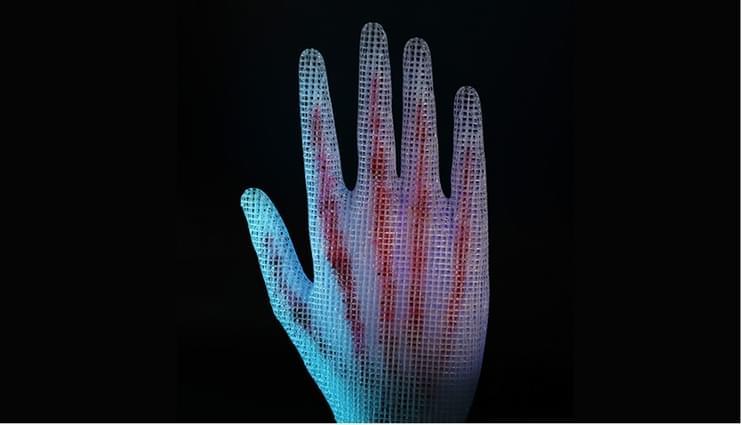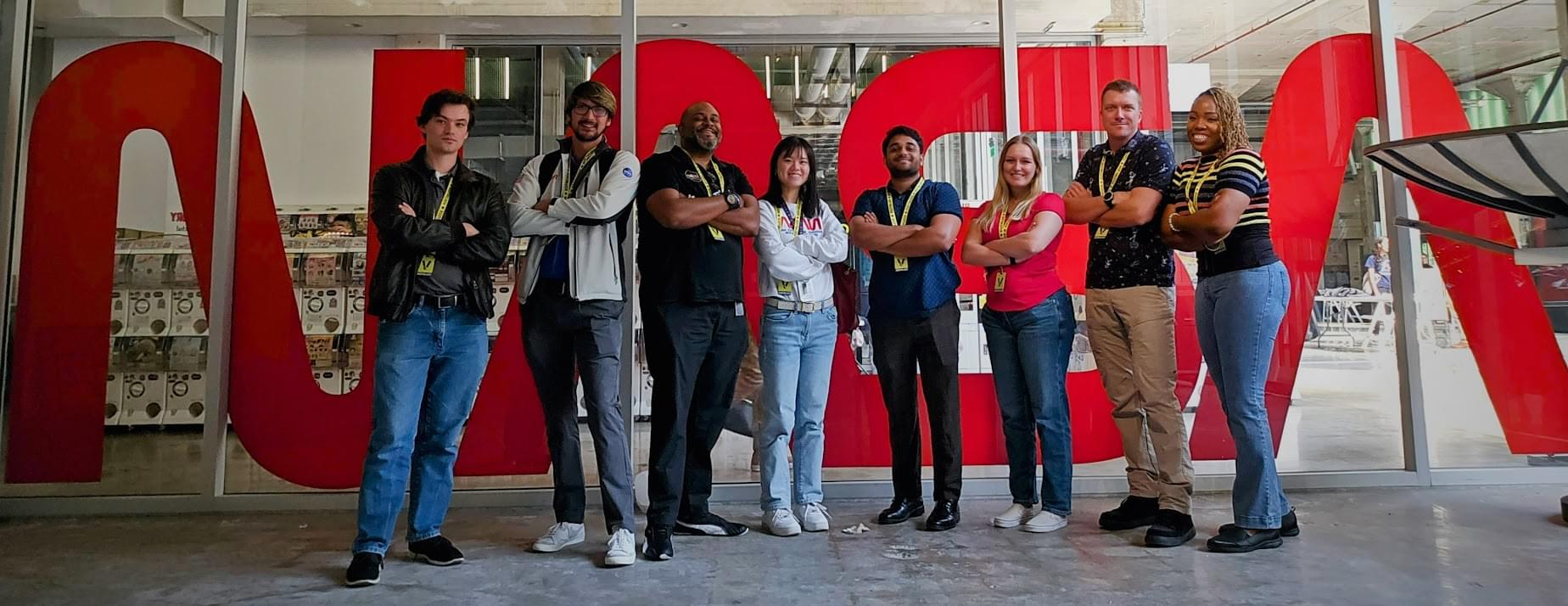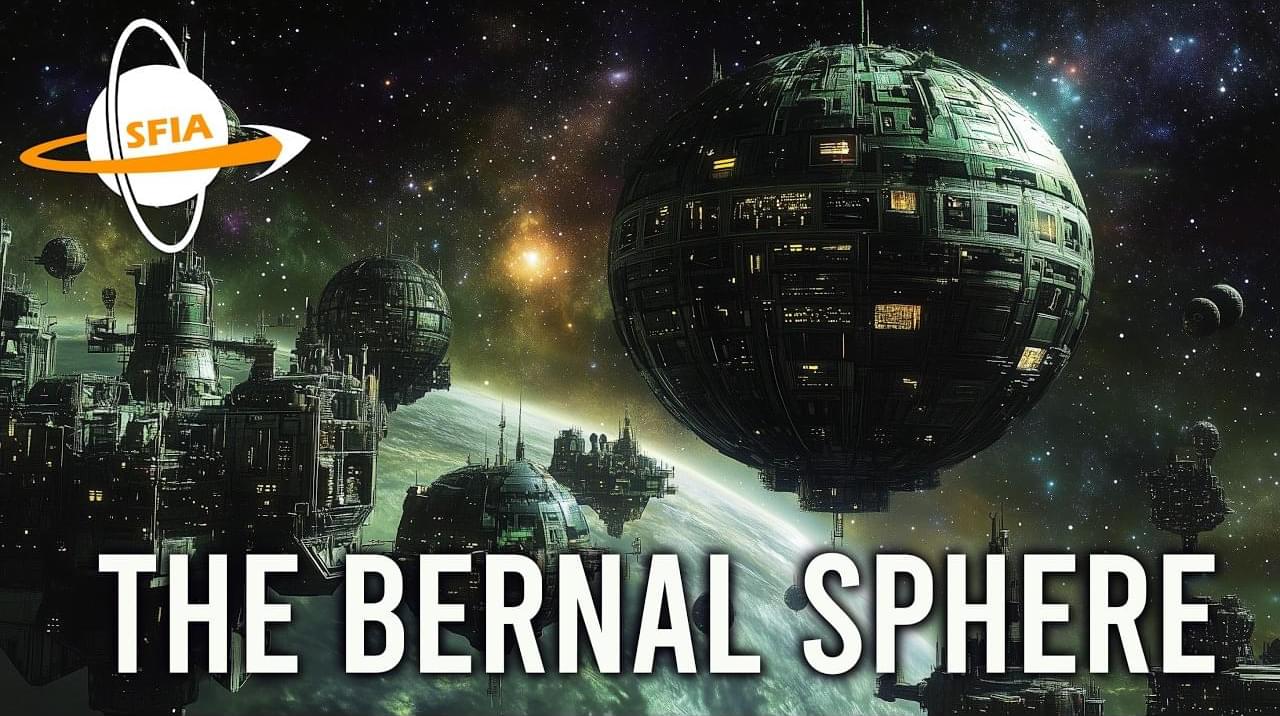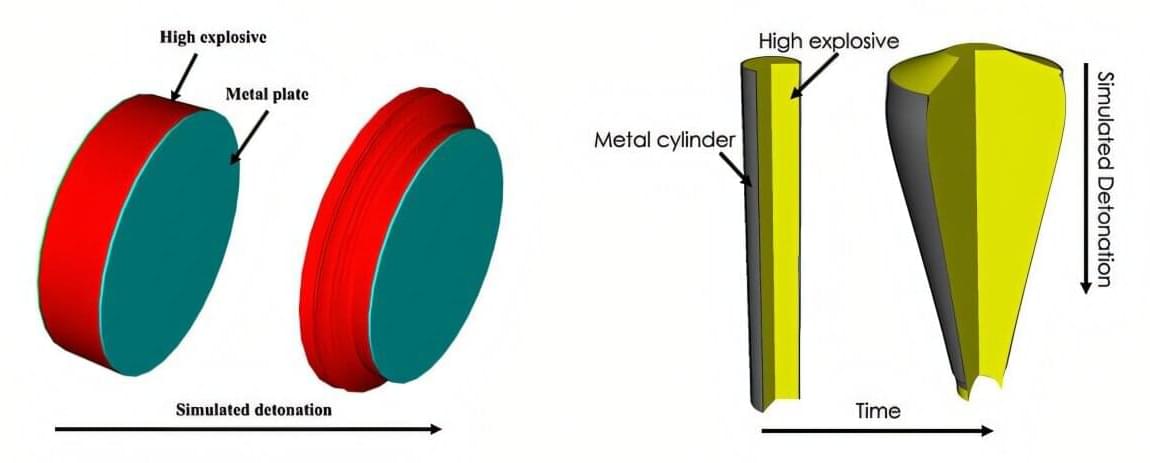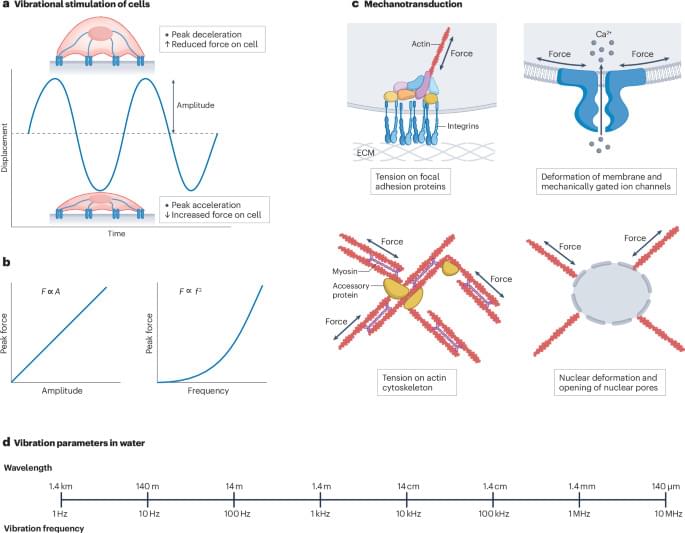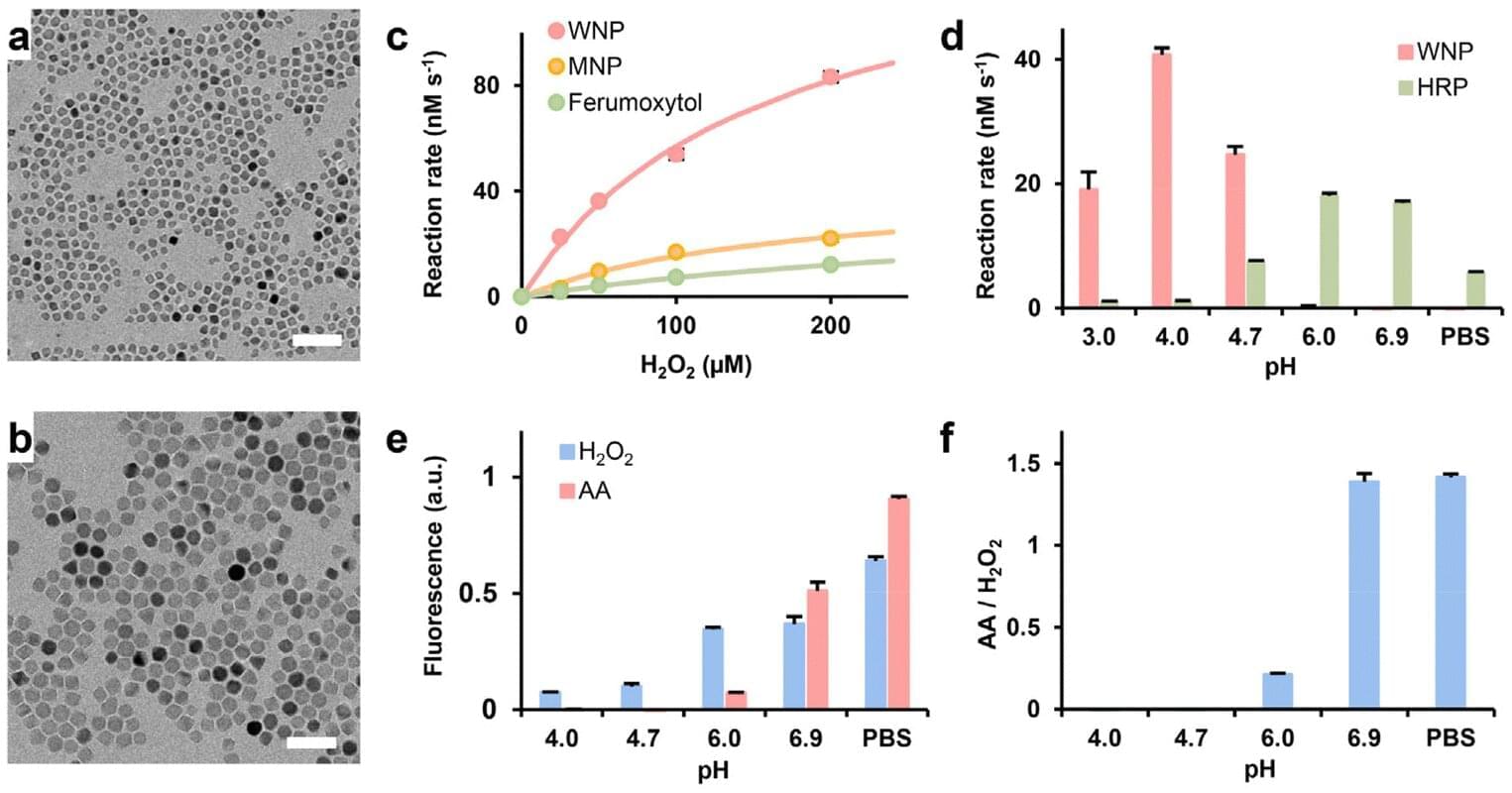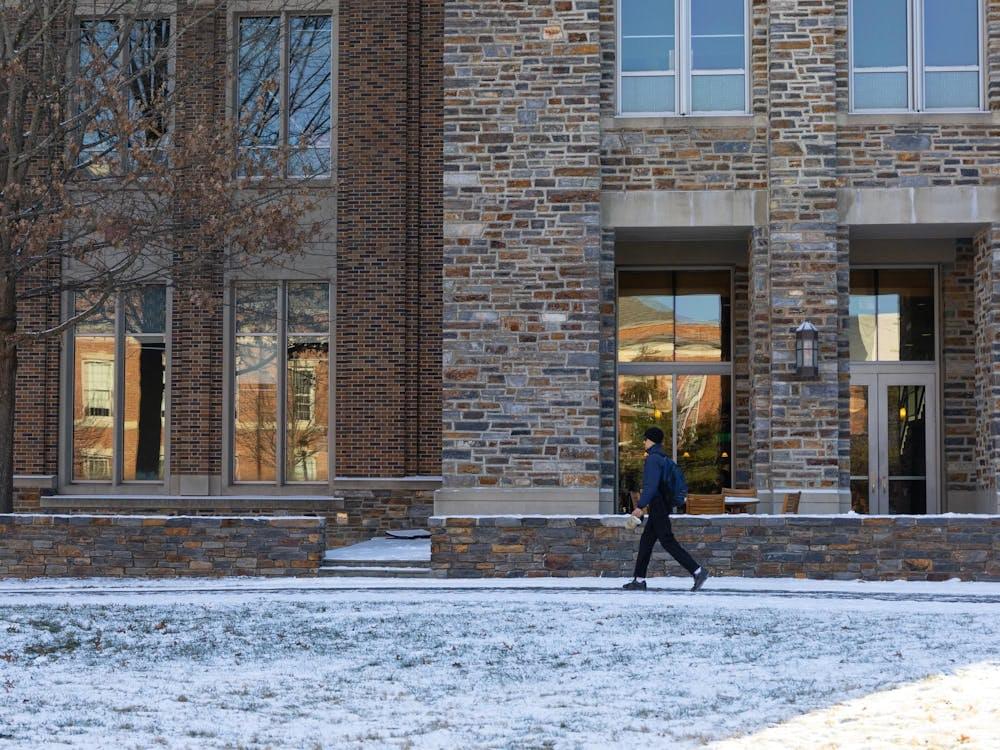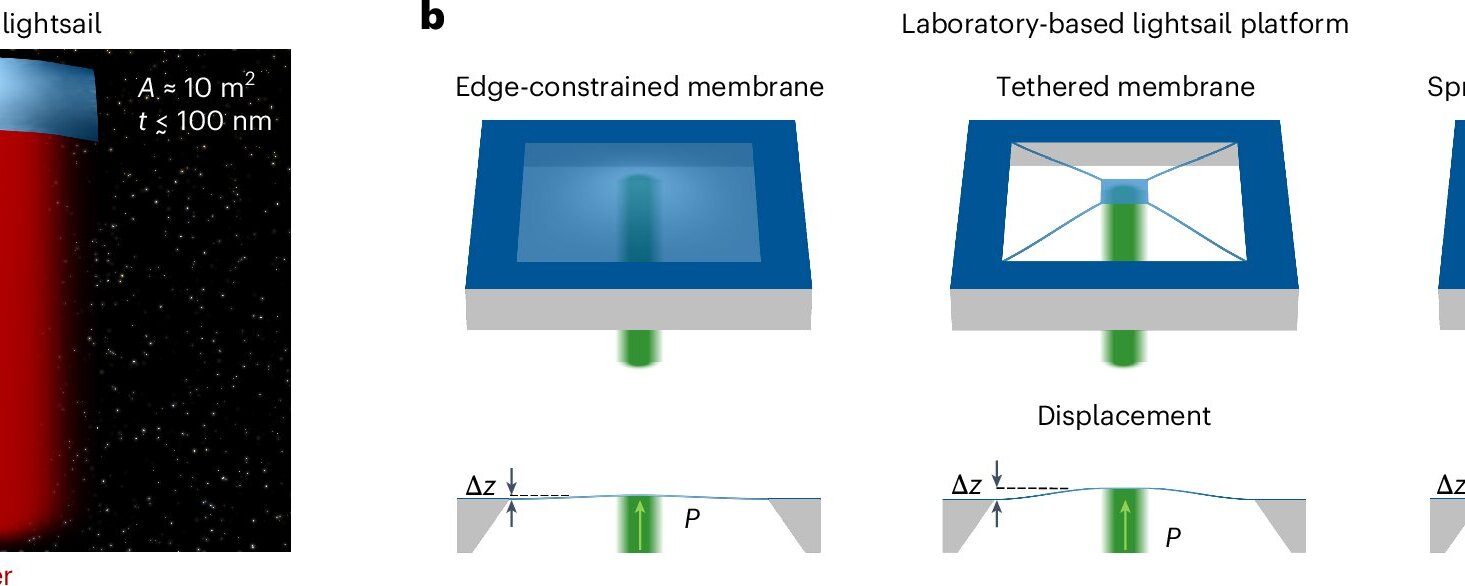Engineering researchers at Lawrence Livermore National Laboratory (LLNL) have achieved breakthroughs in multi-material 3D printing through the power of capillary action. The LLNL team printed lattice structures with a series of custom-designed unit cells to selectively absorb fluid materials and precisely direct them into patterns – making it possible to fabricate complex structures with unprintable materials or materials with vastly different properties.
According to the researchers, the technique, featured in Advanced Materials Technologies, would help engineers design and optimize structures for properties like extreme strength-to-weight ratios, large surface areas, or precision deformation.
“By decoupling some of the printing and patterning techniques, you could achieve some complex multi-material structures, and you wouldn’t always have to be able to print the material,” said Hawi Gemeda, Materials Engineering Division (MED) staff engineer at LLNL and the paper’s lead author.
